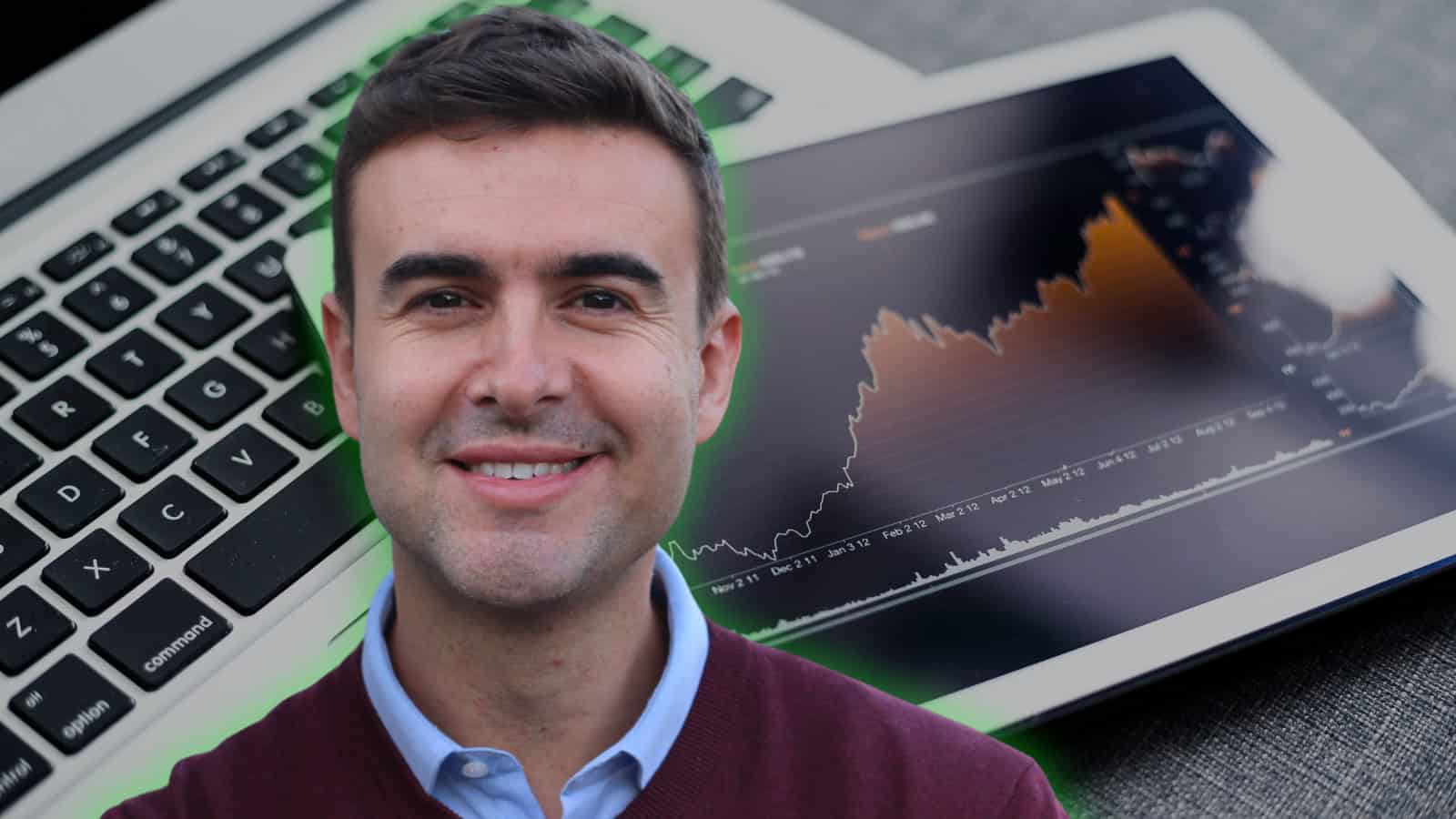Personal Finance
I'm 58, and investing in stocks since the 90s has led me to have over $4 million in my portfolio - which path should I venture down next?

Published:

One of the drawbacks of a F.I.R.E. (Financial Independence, Retire Early) high-growth portfolio strategy is the tax ramifications. Capital gains taxes, early withdrawal penalties, passive income taxes, and similar levies from Federal and Municipal governments all take a substantial bite from one’s F.I.R.E. retirement funds upon withdrawal if in a retirement account, or at the end of the year as capital gains taxes if in a standard account. The tax basis can be especially high if the investor has been active from an early age.

Having to deal with handling potentially high capital gains can be considered a “nice” problem to have, since it means one has a large sum in hand, vs. the lack of one. Nevertheless, there is no law that requires one to pay more than the minimum legal tax, so prudent and strategic portfolio management is key to accomplishing that end.
A 58-year-old Reddit poster faced this scenario and identified 3 potential strategies while requesting suggestions from others. A stock investor since 1999, he and his wife are debt free, home renters, with a fully paid-for college student kid who was 2 years away from being independent. Living in the Bay Area, their expenses are $100,000 per year, and he has a self-owned business adjacent to the financial industry. With a $1.5 million IRA and $3 million in various stocks, he calculates that they have 45x expenses at a 2.2% annual withdrawal rate, but is concerned about taxes. His 3 identified scenarios were:
As far as the portfolio is concerned, the poster may wish to entertain some of these following tweaks on his above scenarios:
Some of the strategies that stand apart from the portfolio itself, but could be worth consideration, although consulting with a tax specialist for California is advised, would be:
This article is intended to be informational only. A professional tax accountant should be consulted for more in-depth advice. Take this quiz to see if you are on track to retire. (Sponsored)
If you’re one of the over 4 Million Americans set to retire this year, you may want to pay attention.
Finding a financial advisor who puts your interest first can be the difference between a rich retirement and barely getting by, and today it’s easier than ever. SmartAsset’s free tool matches you with up to three fiduciary financial advisors that serve your area in minutes. Each advisor has been carefully vetted, and must act in your best interests. Start your search now.
Don’t waste another minute; get started right here and help your retirement dreams become a retirement reality.
Thank you for reading! Have some feedback for us?
Contact the 24/7 Wall St. editorial team.